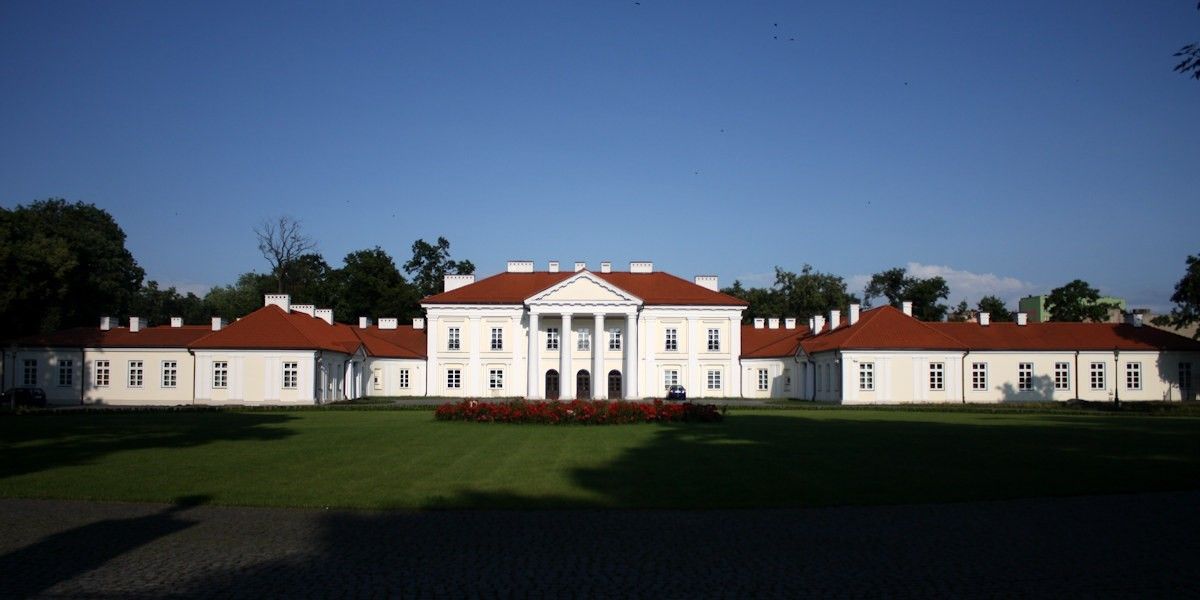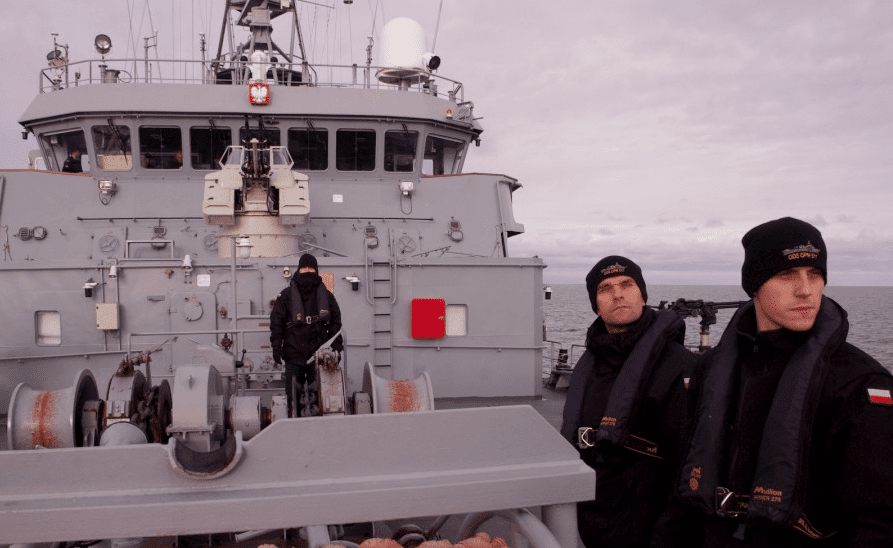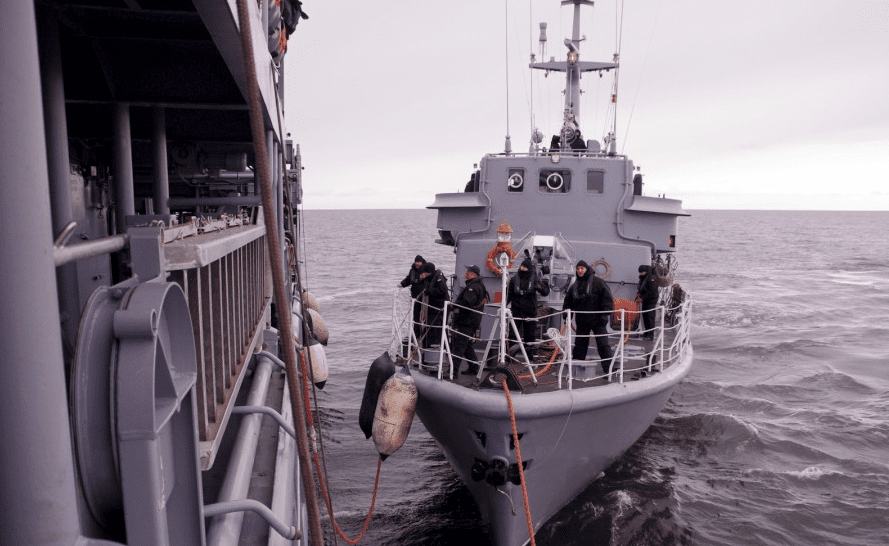Strona główna
Equipment for combat platforms
GOS-1 AURORA optoelectronic head for observation and tracking
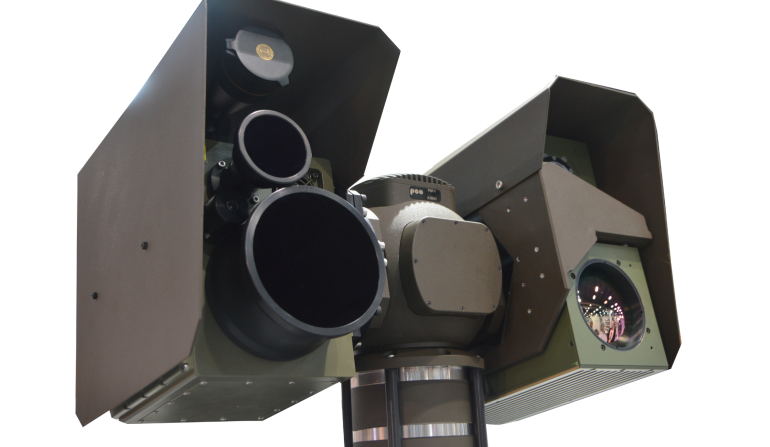
GOŚ-1 AURORA optoelectronic head for observation and tracking, which has been developed and is being manufactured by the PCO S.A. company, is to be used in order to detect and identify aerial and ground targets. The system may be integrated e.g. with combat vehicles, armament modules and anti-aircraft systems.
Its structure makes it possible to use a variety of sensor types and composition (also within the scope of quantity), which fully depends on the users’ needs. In order to facilitate this flexibility, the drive system of the head is fitted with flanges, which make it possible to utilize virtually any configuration of camera systems. The only limitation here is posed by the total weight of the sensors.
Software and hardware interfaces make it possible to integrate a variety of devices within the scope of the head. The camera signals are transferred, depending on the specific configuration and function of the master-system (e.g. a vehicle). An observation system consisting of a thermal-vision camera, colour TV camera using the residual light, and laser range-finder is the most common combination used.
GOC-1 NIKE stabilized observation and aiming optoelectronic system
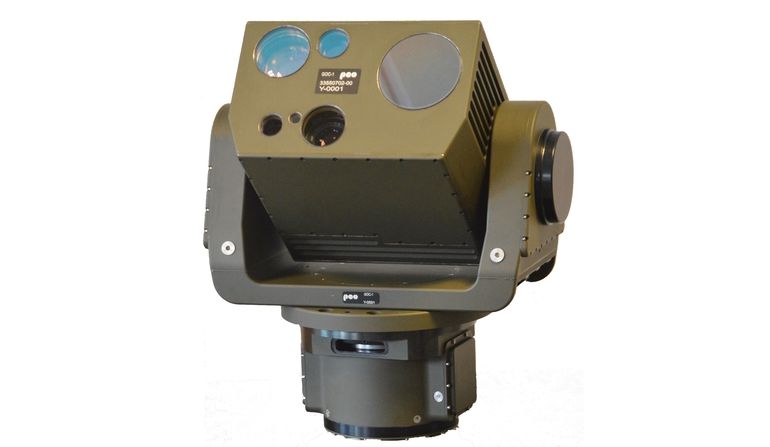
Purpose of the GOC-1 NIKE device is to be coupled with remotely controlled armament modules. The head is equipped with thermal vision cameras and it may be used both within the scope of tracking aerial, as well as in case of ground targets.
GOC-1 NIKE optoelectronic system is equipped with a thermal-vision camera, operating within the bandwidth of 3-5 μm, TV cameras systems with ambient light sensor, and a safe mono-impulse laser range-finder.
The device consists of an optoelectronic module, which is mounted on a 2-axis stabilized platform, and which may be used as an aerial and ground targets detector, or as a component of tracking and identification systems. The thermal vision camera is utilizing a cooled sensor, with resolution of 640 x 512 pixels, and optical system which provides wide and narrow (10,7° x 8° and 3,3° x 2,5° respectively) fields of view.
GOD-1 IRIS stabilized observation and aiming optoelectronic system

A stabilized GOD-1 commander optoelectronic head for observation and aiming is a technically advanced product with a number of features enabling easy integration with weapon platforms (vehicles; armament modules, antiaircraft sets). Its design allows using it on different types of land vehicles designed for detection, recognition, identification of ground and air targets.
A stabilized commander optoelectronic head for observation and aiming GOD-1 is designed for detection, tracking and aiming at ground and air targets in Remote Tower System under natural daylight conditions and at night.
KLW-1 ASTERIA thermal camera
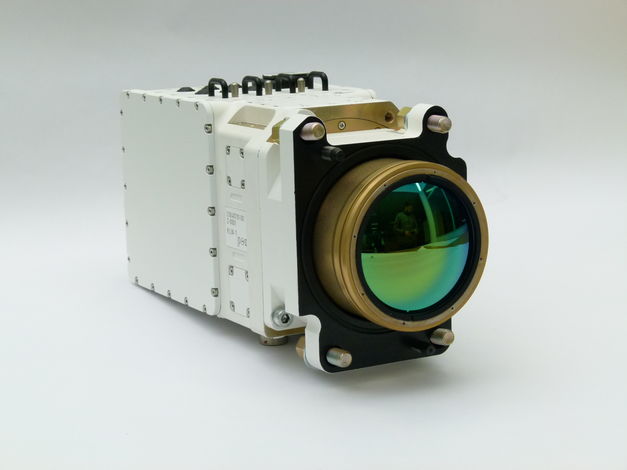
KLW-1 ASTERIA is a device, which has been designed for tank and IFV fire control systems. It utilizes a III generation cooled system.
This system is operating within the 8-12 μm bandwidth, sensor resolution is as much as 640x512 pixels. The device may be used in fire control systems or as an observation/reconnaissance appliance. The lens developed by the PCO S.A. company has two fields of view: 3°x 2,25° at narrow end and 10°x 8° at wide end.
Weight of the camera is 9 kg, and its dimensions are 179 x 149 x 362 mm. It may be utilized in tanks, IFV’s as a replacement sensor for the old cameras with mechanical scanning systems and linear sensors.
KMW-3 TEMIDA thermal camera
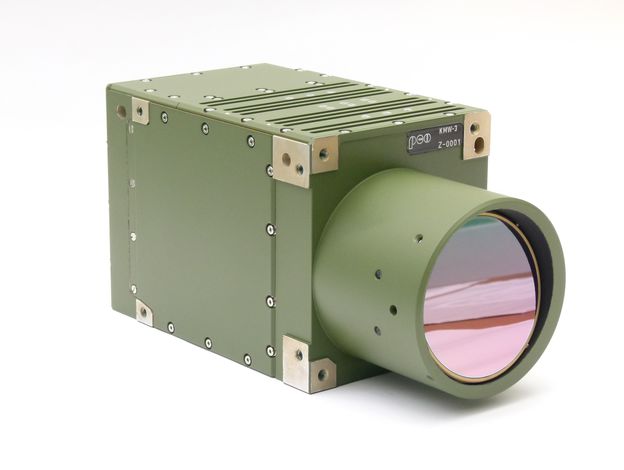
KMW-3 TEMIDA camera is equipped with a cooled sensor, it’s main purpose is to be used in fire control systems of the anti-aircraft systems.
The system is operating within the 3-5 μm bandwidth and utilizes III generation MCT sensor, with a resolution of 640 x 512 pixels. The camera weight is 6 kg, its dimensions are as follows: 150 x 138 x 304 mm.
The PCO SA-developed lens with a smooth zooming capability makes it possible to achieve field of view within the range from 2° to 32°. The camera requires 16 W of power. The cooled microbolometric sensor makes it possible to attain clean and sharp image – thanks to that even the smallest details of the given object are clearly visible.

